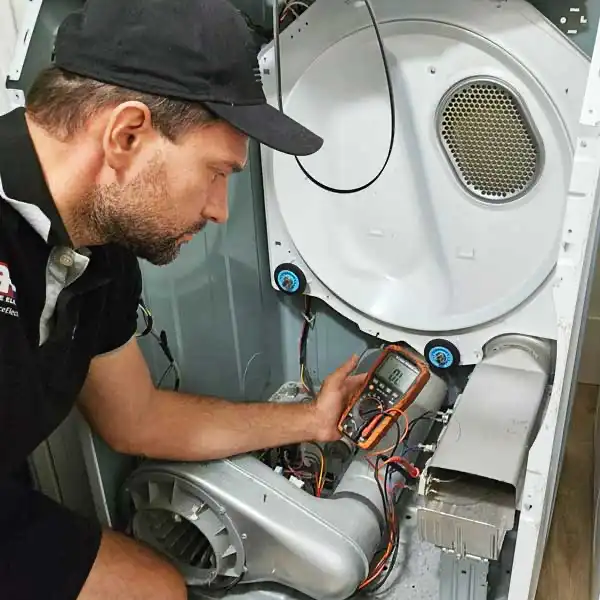
Dryer and Washer Installation
Installing a dryer and washer requires careful consideration and precision to ensure optimal performance and safety. Whether you're a DIY enthusiast or seeking professional assistance, this guide covers key steps, considerations, and tips for a successful installation process.
Understanding Your Appliances
- Choosing the Right Location:
Select a well-ventilated area with sufficient space for both the washer and dryer. Consider proximity to water and electrical connections. - Checking Utilities:
Ensure proper water, electricity, and gas connections are available. Consult user manuals for specific requirements and compatibility. - Leveling the Appliances:
Use a leveling tool to ensure both the washer and dryer are stable and balanced. This promotes smooth operation and prevents unnecessary vibrations.
Setting Up Your Washer
- Connecting Water Supply:
Attach the water inlet hoses to the designated valves on the washer. Tighten securely to prevent leaks. - Connecting Drain Hose:
Properly connect the drain hose to the washer and secure it in the designated drain outlet. Ensure a tight connection to avoid water leakage. - Powering Up:
Plug the washer into a grounded electrical outlet. Confirm that the power cord is intact and undamaged. - Testing the Washer:
Run a small test cycle to ensure the washer functions correctly. Check for any unusual noises or leaks during operation.
Setting Up Your Dryer
- Ventilation Considerations:
Connect the dryer to the ventilation system, ensuring a clear and unobstructed pathway for hot air and moisture to exit. - Power Connection:
Plug the dryer into a compatible electrical outlet. Ensure the power cord is in good condition and properly connected. - Gas Dryer Considerations:
If your dryer is gas-powered, connect it to the gas supply following manufacturer guidelines. Check for gas leaks after connection. - Testing the Dryer:
Run a short drying cycle to confirm that the dryer is functioning correctly. Monitor for any unusual smells, sounds, or malfunctions.
Safety Tips for Installation
- Secure Connections:
Double-check all connections, ensuring they are tight and secure. Loose connections can lead to leaks and malfunctions. - Proper Ventilation:
Adequate ventilation for both the washer and dryer is crucial to prevent mold growth and maintain efficient operation. - Regular Maintenance:
Schedule routine checks and maintenance to prolong the lifespan of your appliances. Clean lint traps, hoses, and vents regularly.
Common Issues and Troubleshooting
- Leaks:
Leaks may occur due to loose connections or damaged hoses. Inspect and tighten connections, and replace any damaged components. - Vibration and Noise:
Uneven flooring or an unbalanced machine can cause excessive vibration. Ensure both appliances are level and stable. - Inadequate Drying:
Check for lint buildup in the dryer vent and ensure proper ventilation. Clean vents and ducts as needed.
Conclusion: Installing a dryer and washer is a manageable task with careful planning and attention to detail. Whether you opt for a DIY approach or enlist professional help, following these guidelines ensures a smooth installation process, allowing you to enjoy the convenience of your laundry appliances.
